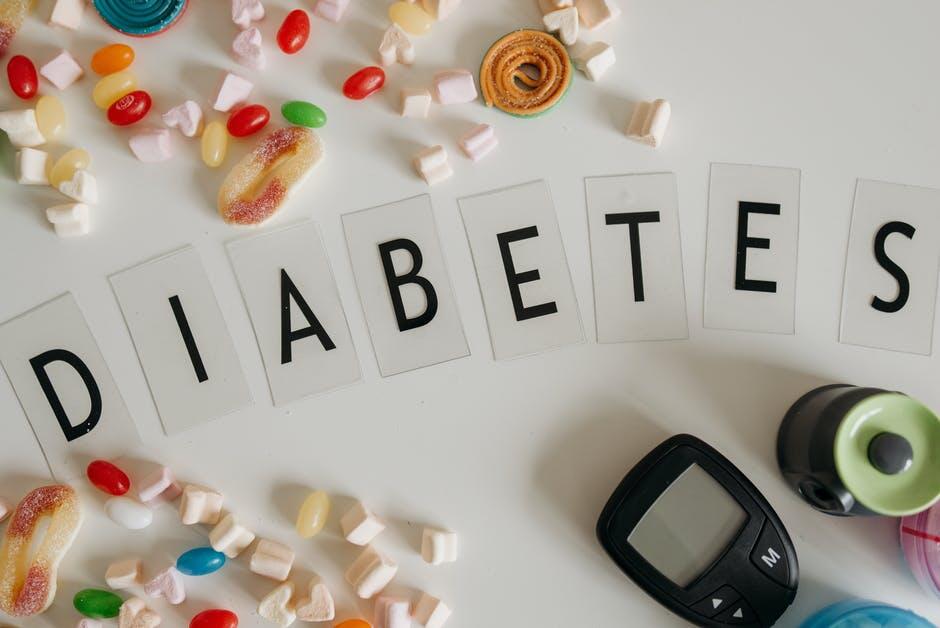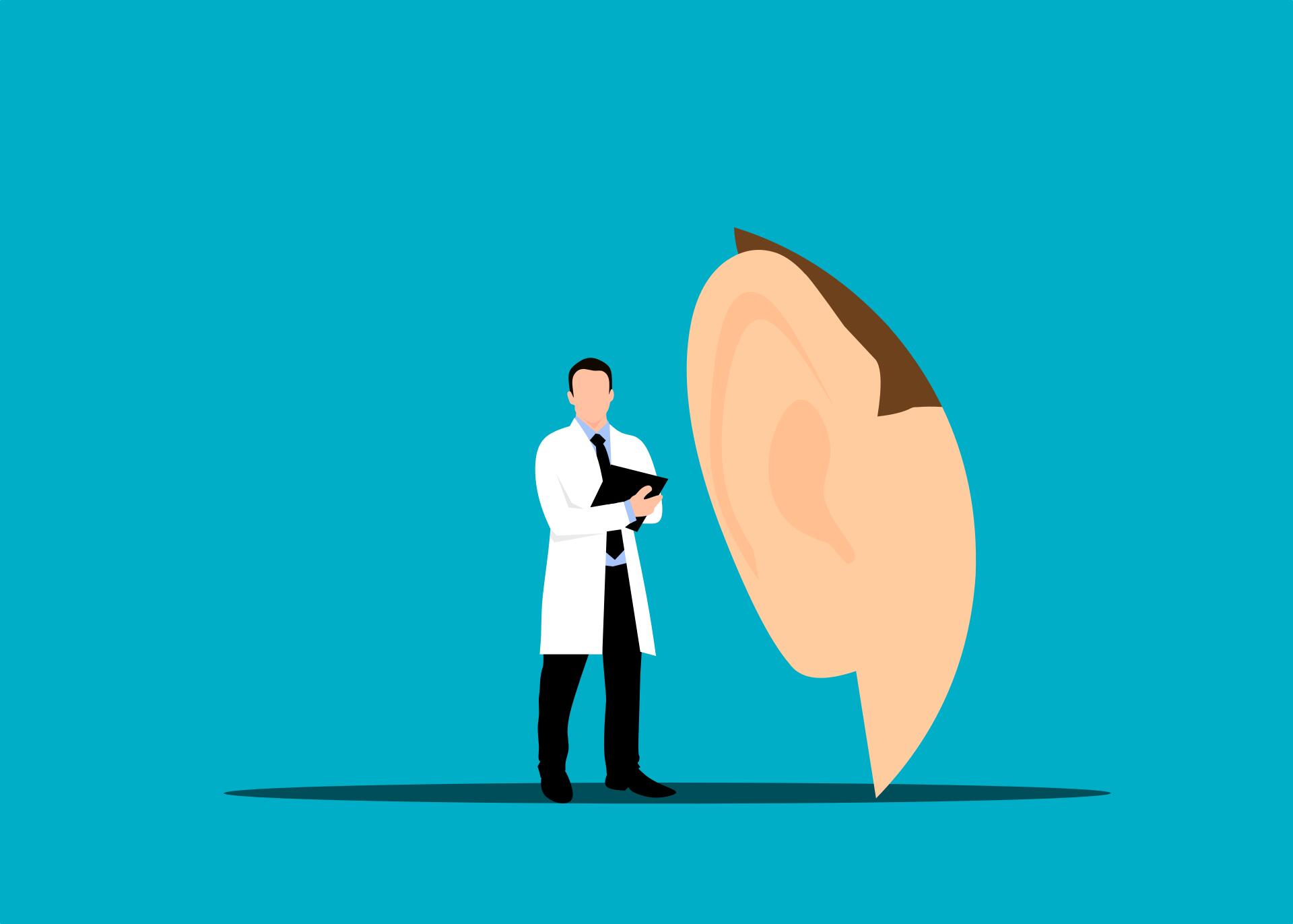
Finding the Right Medication for Your Diabetes Management Program

According to the World Health Organization (WHO), 14% of people aged 18 and above had diabetes in 2022. About 59% of these individuals living with diabetes aged 30 and above were not on any medication. Taking medicines is an essential part of a diabetes management program.
Your medicines vary depending on your treatment goals, diabetes type, and other medical conditions. It’s advisable to find the right medication for your diabetes to promote good health.
Continue reading to learn how to manage diabetes by finding proper medication.
Factors to Consider in Treating Diabetes
Diabetes treatment varies depending on several factors. These include the following:
Type of Diabetes
Different medications are prescribed to treat type 1 and type 2 diabetes and to help control your blood sugar levels. For type 1 diabetes, your body cannot produce insulin, so medications are prescribed to replace the insulin the pancreas can’t make.
On the other hand, if you’re diagnosed with type 2 diabetes, your body produces insulin but is unable to use it well. This means you can’t make enough insulin to maintain your blood sugar levels within the required range.
Therefore, type 2 diabetes medications help get rid of extra glucose and assist your body to use insulin better.
Lifestyle
How you live your life, such as how much you exercise and the food you eat, can affect your diabetic health medication. A balanced diet prevents the need for most prescription medicines for diabetes. You should be keen to include the following nutrients in your diet:
- Vegetables
- Fruits
- Whole grains
- Plant protein
Additionally, avoid high intake of processed carbs, saturated fats, and added sugars. Take care of your emotional well-being and participate in regular physical activity to best manage your diabetes.
Other factors to consider when finding the proper medication for your diabetes management program include the following:
- Cost and insurance coverage
- Your age
- How well a drug is tolerated
- Other health conditions like high cholesterol
Medicines for Type 1 Diabetes
There are various drug recommendations for type 1 diabetes. These medications include the following:
Insulin
This is the most common medication in a type 1 diabetes care plan. Insulin is administered either as an injection or under the skin using an insulin pump. There are various types of insulin depending on the following factors:
- How long they work
- How quickly they start working
- Whether they have a high action level
The type of insulin your body requires depends on how severe your insulin deficiency is and your body’s sensitivity to the medication. These types include the following:
Regular Insulin
Also known as ‘short-acting’ insulin, this medication takes 30 minutes to reach the bloodstream and peaks two to three hours later. These injections last for three to six hours.
Rapid-Acting Insulin
This type of insulin works within 15 minutes. It takes one to two hours to reach peak action after use, and the medication lasts two to four hours.
Intermediate-Acting Insulin
This diabetes medication takes two to four hours after use to start working. It has an average peak time of 12 hours and can last between 12 to 18 hours.
Long-Acting Insulin
Long-lasting insulin lowers blood sugar levels for up to 24 hours. It keeps the bloodstream stable for a long and has no peak level of action.
Medication for Type 2 Diabetes
Most type 2 diabetes medications are oral drugs. In some cases, injectables and insulin may also be used. Some medications are combinations of two or more diabetes drugs. They include the following:
Alpha-glucosidase Inhibitors
These drugs work by assisting your body to break down table sugar and starchy foods. This, in turn, lowers your blood glucose levels.
You must take these medications as prescribed by your doctor to avoid hypoglycemia. This is a condition where blood sugar is too low, especially if you take alpha-glucosidase inhibitors with other diabetes medication.
It’s best to take these medications before meals. Examples of alpha-glucosidase inhibitors include miglitol (Glyset) and acarbose.
Dopamine-2 Agonist
An example of a dopamine-2 agonist is bromocriptine (Parlodel, Cycloset). This medication works by interfering with your body’s rhythms, preventing insulin resistance.
According to a National Center for Biotechnology Information review, dopamine-2 agonists also improve other medical conditions like obesity and high cholesterol.
Biguanides
These decrease the amount of insulin made by your liver. Biguanides also:
- Help muscles absorb glucose
- Decrease the amount of glucose absorbed by your intestines
- Increase your body’s sensitivity to insulin
Metformin is the most common biguanide. It’s also the most prescribed oral drug for type 2 diabetes. Metformin can be combined with other medications for the treatment of type 2 diabetes.
Dipeptidyl Peptidase-4 (DPP-4) Inhibitors
DPP-4 inhibitors reduce blood sugar levels without the risk of causing hypoglycemia. They work by blocking the DPP-4 enzyme, which destroys a hormone known as incretin. This hormone ensures your body produces when necessary and decreases glucose output from your liver when it doesn’t require it.
Examples of DPP-4 inhibitors include the following:
- Alogliptin (Nesina)
- Saxagliptin (Onglyza)
- Saxagliptin/metformin (Kombiglyze XR)
- Sitagliptin (Januvia)
- Sitagliptin/metformin (Janumet and Janumet XR)
Glucagon-Like Peptide-1 Receptor Agonists (GLP-1 Receptor Agonists)
These agonists work in the same way as the incretin hormone. Doctors prescribe these medications alongside an exercise and diet plan to promote better glycemic control.
GLP-1 receptor agonists increase the amount of insulin your body uses and promote the growth of pancreatic beta cells. Moreover, these medications decrease your appetite and slow down stomach emptying. This action maximizes nutrient absorption while also helping you lose or maintain weight.
Examples of GLP-1 receptor inhibitors include the following:
- Dulaglutide (Trulicity)
- Exenatide extended-release (Bydureon BCise)
- Semaglutide (Ozempic)
- Liraglutide (Saxenda, Victoza)
Other medications used in blood sugar control for people with type-2 diabetes include:
- Thiazolidinediones
- Sulfonylureas
- Sodium-glucose transport protein 2 (SGLT2) inhibitors
Talk to Your Doctor for the Best Diabetes Management Program
There are many medications available for treating type 1 and type 2 diabetes. These drugs work differently in controlling your blood sugar levels. It’s essential to consider factors such as your health condition and type of diabetes when determining the best diabetes management program.
Kiwi is an international online pharmacy that provides a variety of medications. Our licensed doctors prescribe the medication you need, depending on your health status.
Contact us to get the right diabetes health medication.
Related Posts


